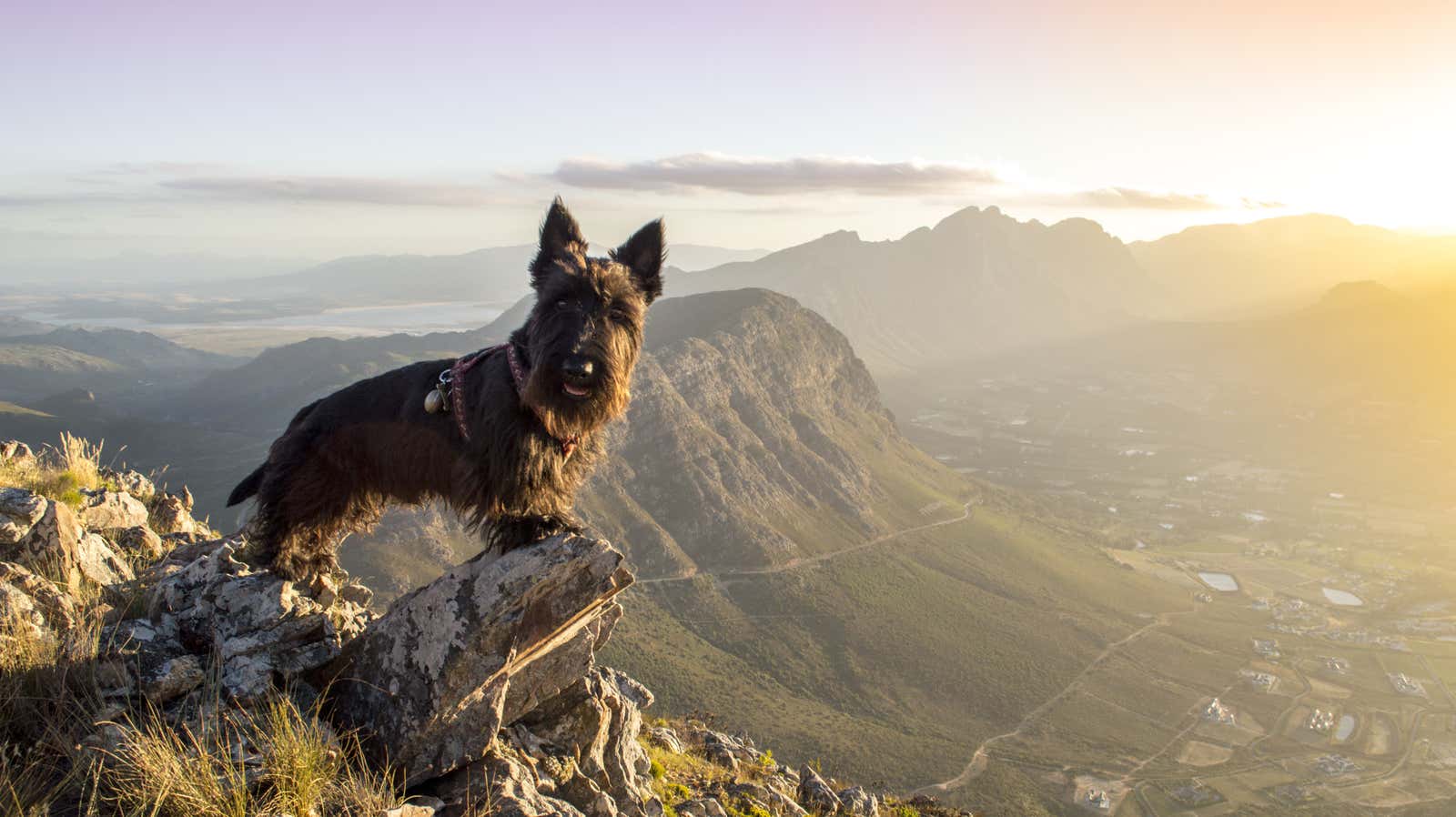Can You Really Afford a Pet?

The first step to becoming a responsible pet owner is knowing if you can afford it right from the start. In addition to the initial implementation costs, you will need to budget hundreds to thousands of dollars in annual costs for years to come. Here’s a breakdown of what to expect from different types of pets.
Initial costs
The budget for owning a pet can be divided into initial costs and annual costs. According to the American Society for the Prevention of Cruelty to Animals (ASPCA), one-time costs for a dog or cat include veterinary expenses such as neutering / neutering, equipment such as a carrying box or bag, food plates, and a collar. For a dog, average start-up costs range from $ 470 to $ 1,560 , depending on the size of the dog. Cats will initially cost an average of $ 365 .
However, ASPCA estimates do not include the amount you pay to purchase a pet. For example, adoption fees at a foster home are typically between $ 50 and $ 250 . It is worth considering that shelter fees often include services such as an initial medical examination and sterilization or sterilization, which can lower your overall costs.
The upfront costs are much higher if you get your pet from a breeder, especially if you are looking for a rare breed. On average, you’ll have to shell out $ 500 to $ 2,500 for a dog and $ 500 to $ 1,000 for a cat , and rare breeds can cost much more (English Bulldogs are closer to $ 10,000 and Bengal cats are around $ 3,000). If you’re looking for a specific breed, make sure the purchase fee is included in your budget.
Finally, it is generally recommended that you set aside a separate emergency fund of between $ 1,000 and $ 2,000 for your pet. If a natural disaster strikes, you do not want to be forced to invest in an existing emergency fund.
Annual costs
The average annual cost of a dog will range from $ 737 to $ 1,040 depending on the size of the animal. Cats will cost an average of $ 809 per year . The food will set you back about $ 200 for a small dog or cat, although that can go up to $ 400 for a large dog. The next largest expense is medical: about $ 500 for dogs and about half for cats. Other expenses include toys, treats, health insurance and, for cats, bedding.
The ASPCA’s list of expenses for dogs and cats does not include grooming ($ 73 and $ 43, respectively), kennel maintenance ($ 229 and $ 120), or additional cleaning costs after them at home, including repairing any damage they cause to your furniture. Unforeseen expenses can easily increase, so again, you’ll want to save money for emergencies every year.
Your time is precious too
One of the biggest mistakes when owning a pet is not meeting the budget for the time it takes to care for the pet. Dogs in particular need 1 to 2 hours a day to walk and play, so a pet may not be the best option if you travel a lot. These extra hours will also shorten your time for part-time or part-time jobs, so be realistic about your commitments.
What about other animals?
Aside from cats and dogs, here are the average estimated costs of other pets at Kiplinger :
Fishes
First year cost: $ 230.
Annual cost: $ 20.
Small bird
First year cost: $ 295
Annual cost: $ 185.
Hamster
First year cost: $ 345
Annual cost : $ 260.
Guinea pig
First year cost: $ 374.
ANNUAL COST: $ 304
Rabbit
First year cost: $ 300-500.
Annual cost : $ 478.
Reptiles
First year cost: $ 560-2245
Annual cost : $ 330 – $ 1,310.